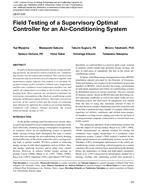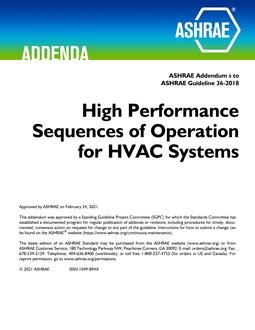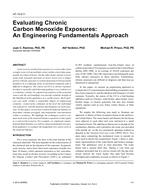The design of duct systems requires the evaluation of friction losses in straight duct, and the determination of dynamic losses char~cteristic of elements other than straight duct. Friction losses for straight circular ducts are given in ASHRAE charts, while their rectangular equivalents are given in the tables. Losses for other elements are indicated in Ch 25 of the 1972 ASHRAE Handbook of Fundamentals. These latter are based on experimental work done by investigators over the past forty years or more.
The element with which this work is concerned is the bend, or elbow. It has long been felt that the best combination for econonw in manufacture and efficiency in performance is the elbow having a centre line radius equal to l~ times the duct width in the plane of the bend. When space does not permit this ratio, the radius is reduced and, conversely, dynamic loss is increased. To improve elbow performance, one or more thin partitions called "splitters" can be installed in the elbow, dividing it into a family of elbows, each part of which has a good R/W (centr’e line radius to width) ratio.
Frequently elbows must be made without a radius on the inside. If the radius is also eliminated from the outside of the bend, it is easier to construct. To reduce the loss in such an elbow many vane types have been proposed. Some of these have been tested and data published which indicate their performance (1).
Citation: ASHRAE Transactions, Volume 80, Part 2, Montreal, QC
Product Details
- Published:
- 1974
- Number of Pages:
- 29
- File Size:
- 1 file , 1.6 MB
- Product Code(s):
- D-MO-2307


